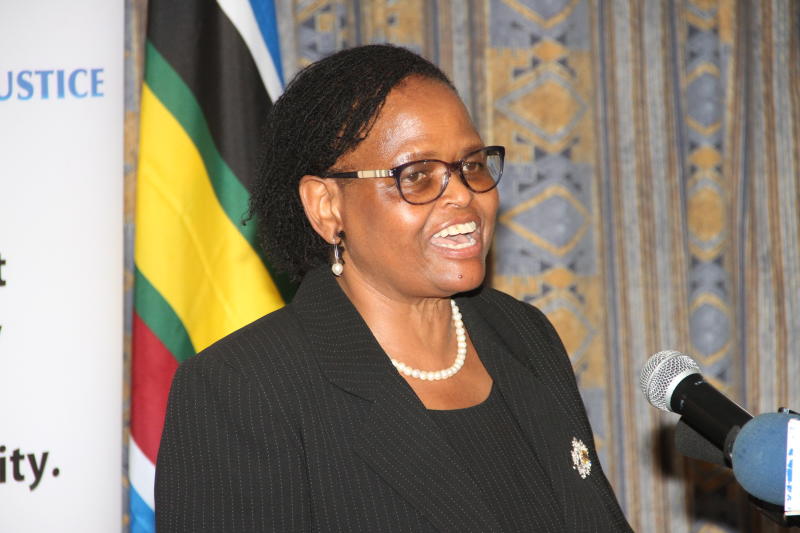
"I just wrote a letter to President Uhuru Kenyatta on June 3, 2021, asking for an urgent meeting. The letter detailed three issues; administration of justice, operationalisation of the judiciary funds and the budget allocated to the judiciary," Justice Koome says of what she terms her simple but effective ice breaker between the Judiciary and the Executive.
After the letter, however, the President did not call for a meeting with her. Instead, the head of state gazetted the appointment of 34 judges. This happened just a day after Justice Koome sent him a letter.